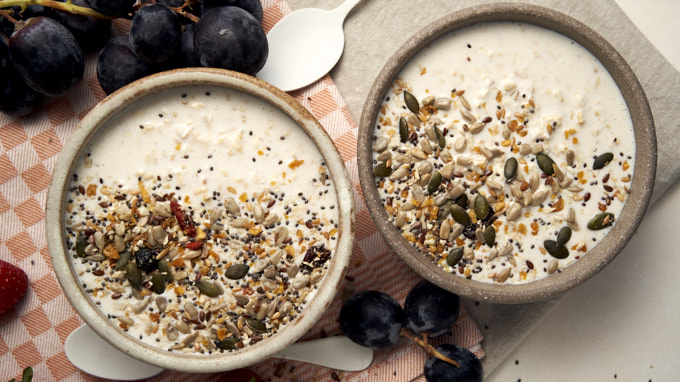Children with Down syndrome love crispy, oily meals and dislike brittle or sticky foods. According to current study, these inclinations might lead to a less healthy diet. “”Children with Down syndrome love foods like Pirate’s Booty and puffed corn,” said Carolyn Ross, a professor at WSU’s School of Food Science, adding, “Those foods aren’t rich in nutritional content, but they’re dissolvable, which is a tremendous advantage for these kids.” The problem now is to create healthful meals with such properties.” The study looked at what food textures children with Down syndrome liked and disliked, as well as how their preferences contrasted to those of normally developing youngsters.
In the United States, one in every 772 infants (about 5,100 every year) is born with Down syndrome, a genetic disorder caused by a whole or partial extra copy of chromosome 21. Feeding and swallowing problems are widespread in these people, and they are a major predictor of death.
For years, it has been known that children with Down syndrome do not eat as much as typically developing youngsters, but no one has investigated food textures as a role. This research might assist physicians and parents in determining what meals will be consumed, while also encouraging food makers to customise goods to the unique needs of this demographic, according to Ross.
“This was a major gap in research,” Ross added. “There are numerous anecdotal instances, and you may uncover information by going down an internet rabbit hole. However, research like this one can assist parents and physicians predict what these children will consume and so lessen the risk of choking. If we can improve the nutritional worth of such items, we will be able to aid a lot more people.”
Choking is one of the top causes of mortality in persons with Down syndrome because they may not chew their food sufficiently or “pack” it, overfilling their mouths and cheeks without swallowing.
Youngsters with Down syndrome have more health problems than typically developing children, such as eating and swallowing difficulties and food texture sensitivity.
Ross hopes to provide more nutritious food alternatives for children with Down syndrome and to help them grow more comfortable with complex textures.
“We want to assist people understand what food textures children with Down syndrome enjoy and how to transition them from pureed foods to texturally complex foods that have higher nutritional value,” Ross said.
Ross and her team distributed boxes containing 16 commercially available types of food to 218 youngsters aged 11 to 18 across 30 states. One hundred and eleven of those boxes were given to children with Down syndrome, with the remainder going to a control group of generally developing youngsters.
To ensure that flavour was not the basis for a texture preference, the boxes contained four items in each of four distinct texture groups. Before sending the boxes, the study team contacted parents about their hated tastes in order to avoid sending those goods. To ensure that enjoyment was not attributable to novelty, all youngsters in the research ate one of each item every day for a week.
The parents then videotaped their children interacting with and consuming each food, which they subsequently sent to the research team. “We coded a lot of data; it’s the largest home-use test we’ve ever heard of involving children with Down syndrome,” Ross said. “There was also a significant variation in texture preferences between children with and without Down syndrome.”





